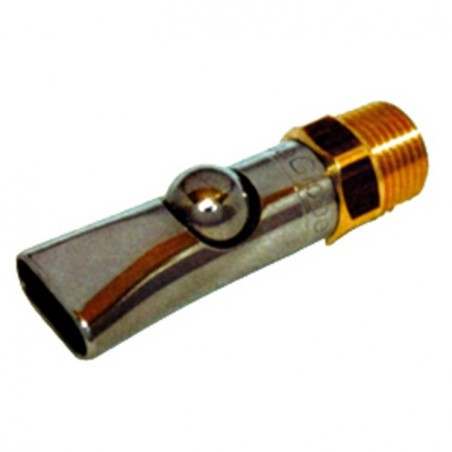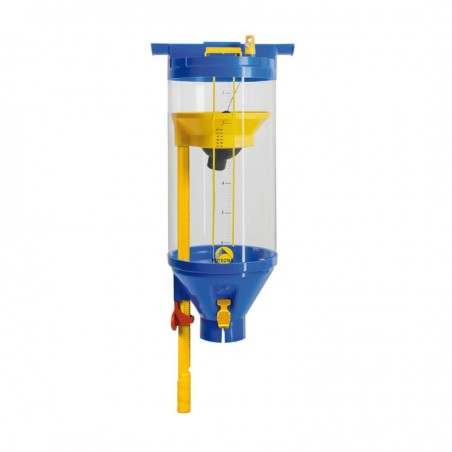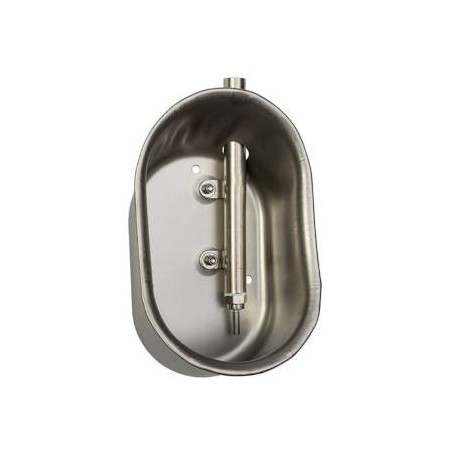A meta-analysis on the effects of management and animal-based factors on the performance and feed efficiency of growing pigs can provide information on single factor and interaction effects absent in individual studies. This study analysed the effects of such factors on average daily gain (ADG), feed intake (FI) and feed conversion ratio (FCR) of grower and finisher pigs.
The multivariate models identified significant effects of: (1) bedding, stage of growth and the interaction bedding×lysine on ADG. ADG was higher on straw compared with no bedding (710 v. 605 g/day). (2) FI was significantly affected by stage of growth, bedding, group composition, group size, feed CP content, ambient temperature and the interaction between floor space and feed energy content. Pigs housed on straw had a lower FI in comparison with those without (1.44 v. 2.04 kg/day); a higher FI was seen for pigs separated by gender in comparison with mixed groups (2.05 v. 1.65 kg/day); FI had a negative linear relationship with group size, the CP content of the feed and ambient temperature. (3) Stage of growth, feed CP and lysine content, ambient temperature and feed crude fibre (CF) content significantly affected FCR; there were no significant interactions between any factors on this trait. There was an improvement in FCR at higher ambient temperatures, increased feed CP and lysine content, but a deterioration of FCR at higher CF contents. For ADG, the interaction of bedding×lysine was caused by pigs housed without bedding (straw) having higher ADG when on a feed lower in lysine, whereas those with bedding had a higher ADG when on a feed higher in lysine. Interaction effects on FI were caused by animals with the least amount of floor space having a higher FI when given a feed with a low metabolisable energy (ME) content, in contrast to all other pigs, which showed a higher FI with increased ME content.

The meta-analysis confirmed the significant effect of several well-known factors on the performance and efficiency of grower and finisher pigs, the effects of some less established ones and, importantly, the interactions between such factors.
S. L. Douglas, O. Szyszka, K. Stoddart, S. A. Edwards and I. Kyriazakis. Animal and management factors influencing grower and finisher pig performance and efficiency in European systems: a meta-analysis. Animal, Volume 9, Issue 07, July 2015, pp 1210-1220.
DOI: http://dx.doi.org/10.1017/S1751731115000269






